25 Ingredients Banned In Other Countries, But Still Used in the USA, In Spite of Serious Risks – Simple Family Preparedness
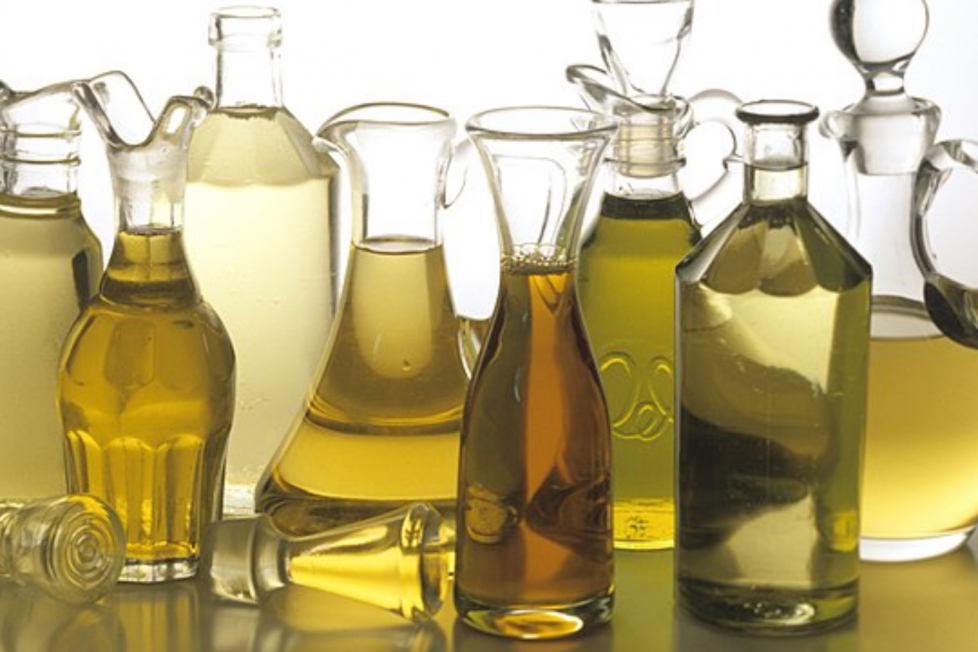

Food safety and ingredient regulations vary widely across the globe, influenced by different priorities, cultural norms, and scientific interpretations. Some food additives and ingredients allowed in the United States are banned or restricted in places like the European Union and Canada. This raises questions about the safety and health effects of these substances, sparking debates and calls for regulatory changes. By looking at these differences, we can understand global food safety practices better and see why making informed choices about what we eat is so important.
Brominated Vegetable Oil (BVO) is used in some citrus-flavored soft drinks and sports drinks in the US to mix citrus oils with water. BVO contains bromine, also found in flame retardants, which can build up in the body and cause thyroid issues and other health problems. It’s banned in over 100 countries, including those in the EU and Japan. Despite these concerns, BVO is still allowed in the US, though consumer pressure has led some companies to stop using it. The FDA is reviewing BVO’s safety amid ongoing health concerns.

In the USA, artificial food dyes like Red 40, Yellow 5, and Blue 1 are used to brighten up processed foods, candies, and drinks. These dyes are banned or heavily regulated in the European Union due to links to hyperactivity in children. In the EU, products with these dyes must have warning labels, leading many companies to switch to natural colorants. The ongoing use of synthetic dyes in American foods raises concerns about food safety standards and public health.
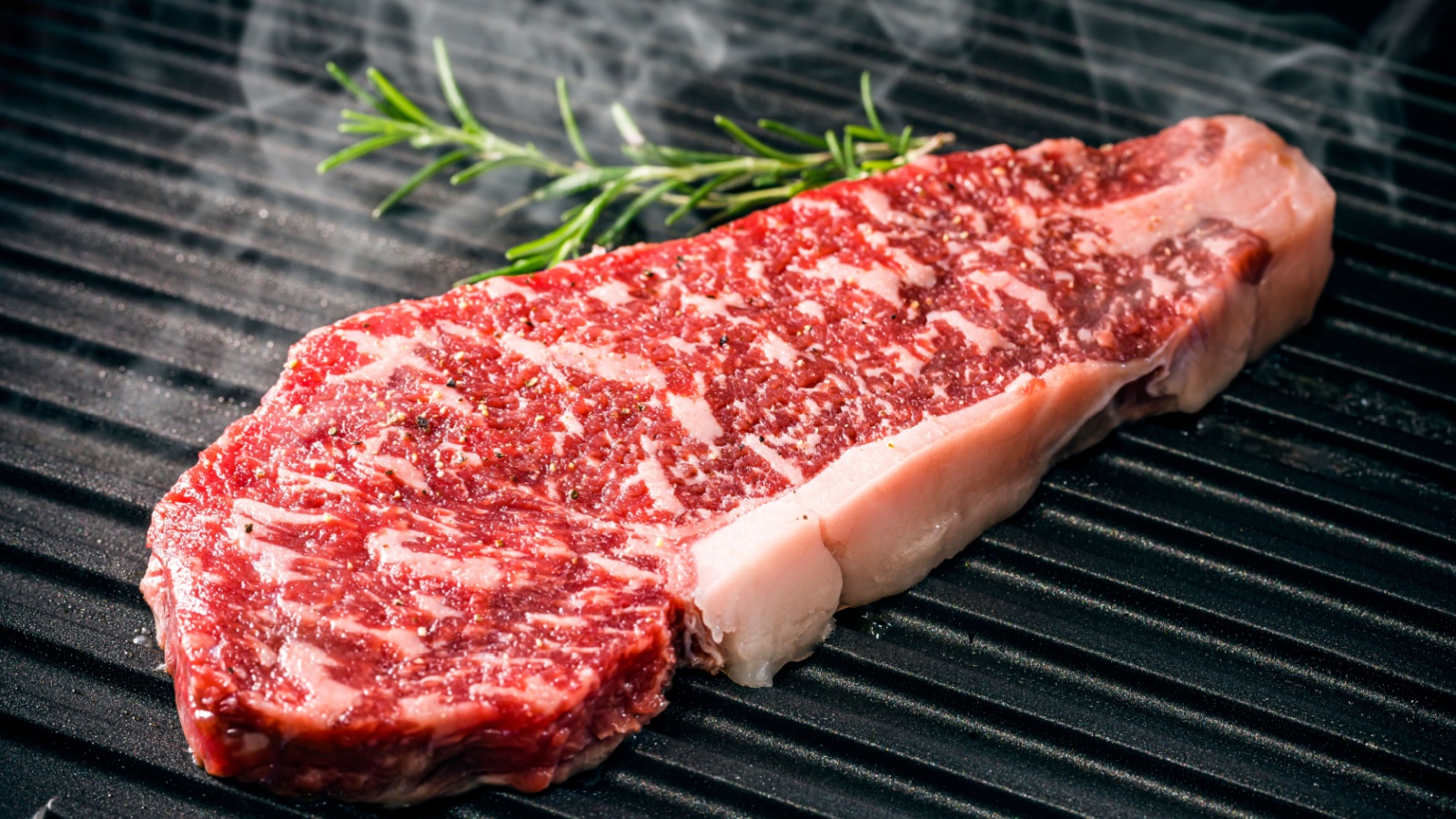
Sodium nitrate and sodium nitrite preserve and color cured meats in the US. These chemicals help prevent bacterial growth and maintain meat’s pink color but are linked to an increased cancer risk. The EU has stricter regulations, limiting these substances more than the US due to health concerns.

Recombinant Bovine Growth Hormone (rBGH) is used in the US to increase milk production in dairy cows. This hormone is banned in the EU, Canada, and other countries due to concerns about animal welfare and possible human health risks, including cancer. The FDA asserts that milk from rBGH-treated cows is safe, highlighting differing views on animal biotechnology and consumer health between the US and other countries.

Sodium Aluminum Phosphate is used in processed foods and baked goods in the US as a leavening agent. While it helps baked goods rise, there are concerns about its safety, as aluminum compounds are linked to neurological damage and Alzheimer’s disease. The EU has stricter regulations, leading to debates about reducing aluminum compound use in food.

In the US, Potassium Bromate is used to strengthen dough and help bread rise. This chemical is banned in the EU, Canada, and other countries because it may cause cancer. Properly baked bread converts potassium bromate into bromide, which is safe, but any leftover residue is risky. The use of this additive in American bakeries shows different regulatory standards and concerns about exposure to carcinogens.

Chlorpyrifos is a pesticide used on crops, which can end up in food products. Linked to neurological and developmental issues in children, it’s banned in the EU for public health protection. Although movements towards banning it exist in the US, chlorpyrifos is still used under certain conditions, showing different regulatory approaches.
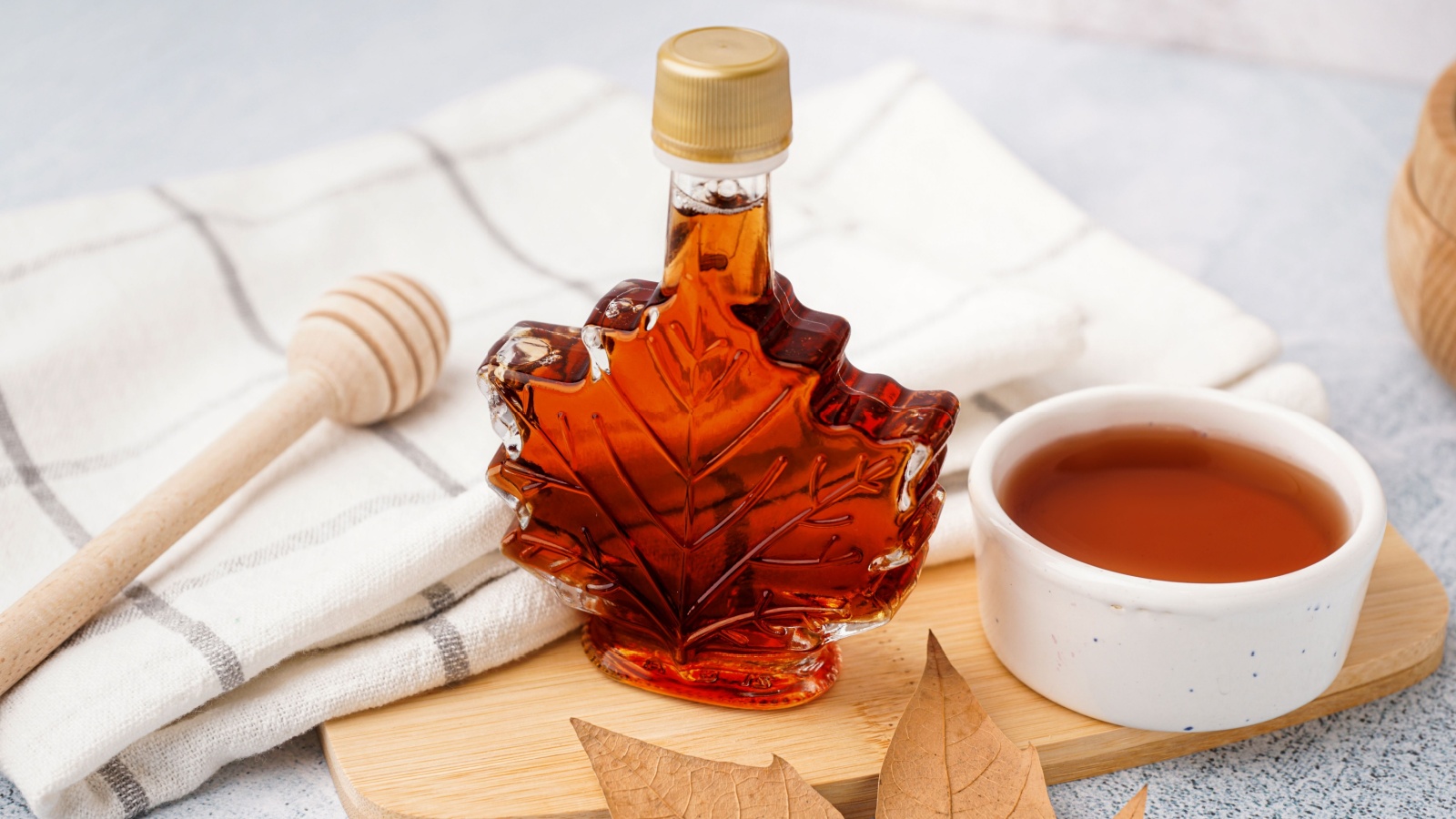
Propylparaben is a preservative used in various US foods, including baked goods, syrups, and jams. Concerns over its potential hormone-disrupting effects have led to bans or restrictions in the EU, especially in products for children. Studies suggest parabens can interfere with hormone function, possibly causing reproductive and developmental issues. Despite these concerns, the FDA approves propylparaben for food use, highlighting different safety thresholds.
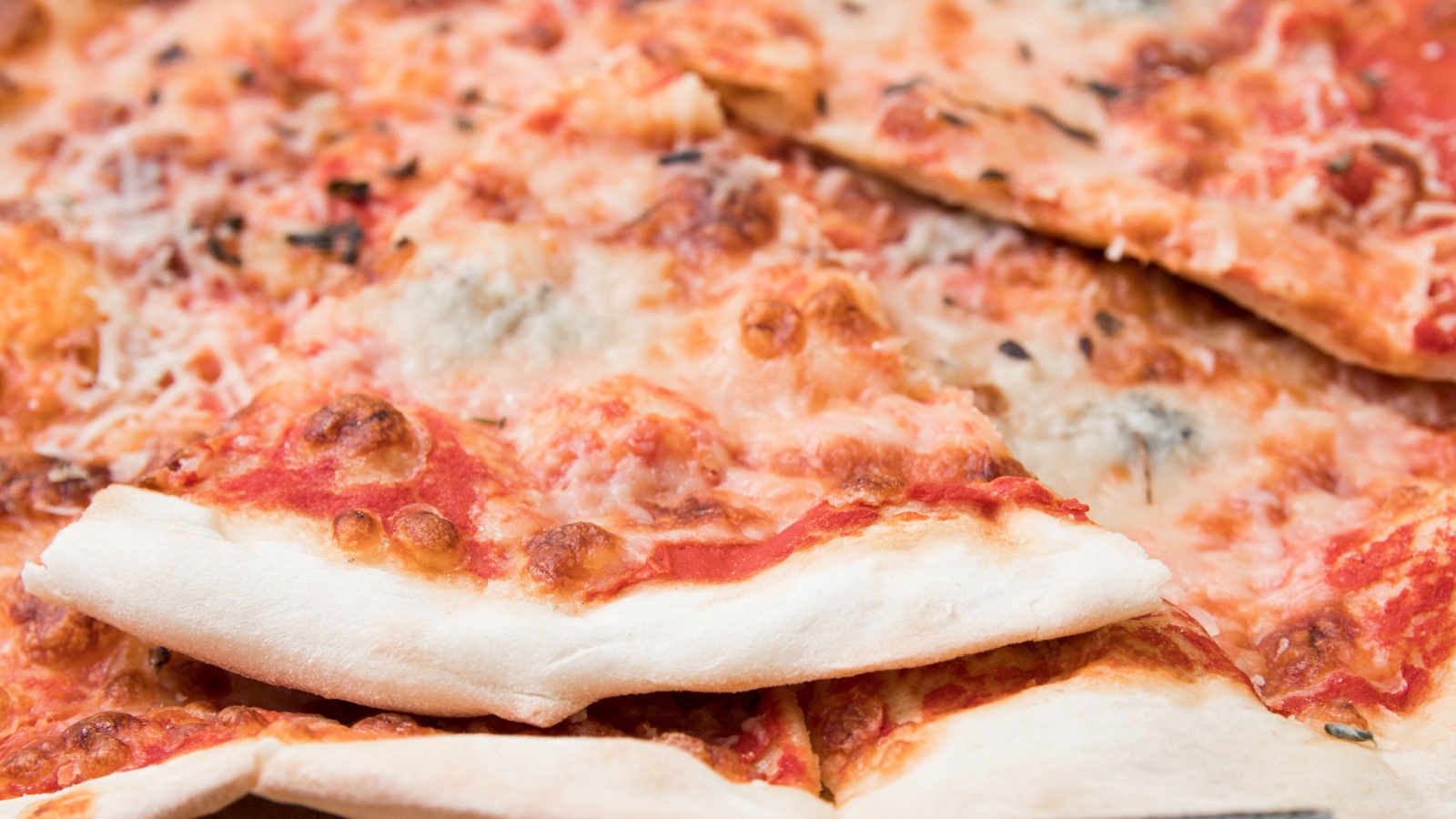
Azodicarbonamide (ADA) is a dough conditioner and bleaching agent used in breads and baked goods in the US. It’s banned in Australia, the UK, and the EU because it can turn into carcinogenic compounds like urethane during baking. ADA has also been linked to respiratory issues and allergies in workers handling it. The FDA considers it safe at certain levels, highlighting the variability in international food safety standards.

High Fructose Corn Syrup (HFCS) is a sweetener made from corn starch, widely used in US foods and drinks. Linked to obesity and diabetes, it’s less common in the EU, where stricter regulations limit its use. The differing HFCS consumption levels reflect varying dietary guidelines and public health policies.

Theobromine, a bitter compound found in chocolate and tea, is limited in the EU, especially when added artificially to foods like bread. In the US, it’s used more freely for its mild stimulant effects and mood enhancement. However, excessive intake can cause symptoms similar to caffeine overdose, such as jitteriness and insomnia, leading to varying regulatory status.
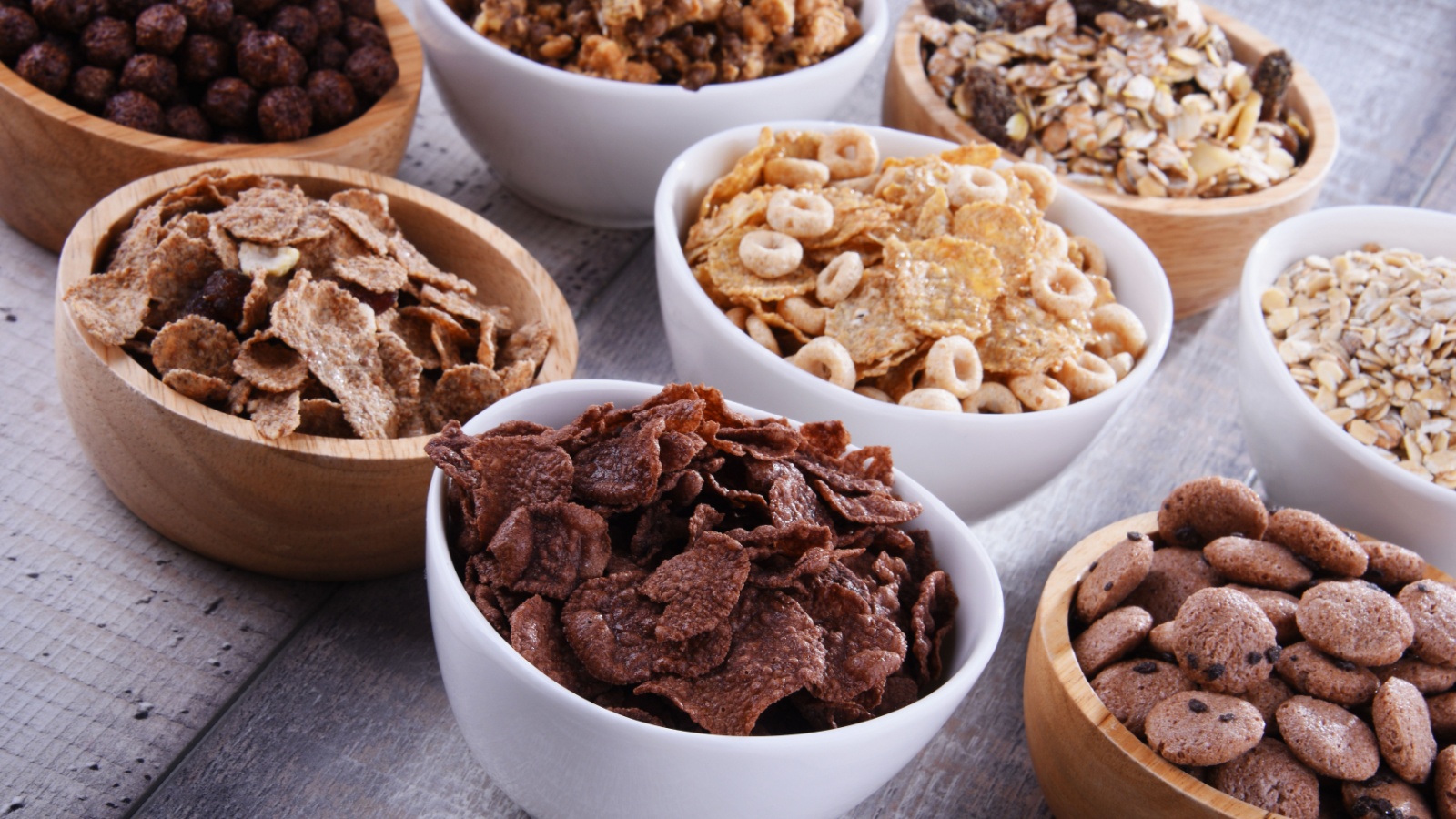
Butylated Hydroxyanisole (BHA) and Butylated Hydroxytoluene (BHT) are synthetic antioxidants used in the US to prevent fats and oils in processed foods from spoiling. Though the FDA deems them safe, they are banned or restricted in parts of the EU and other countries due to potential cancer risks. Studies have shown these chemicals can cause cancer in lab animals, fueling debates about their safety in human foods and reflecting different approaches to food safety precautions.
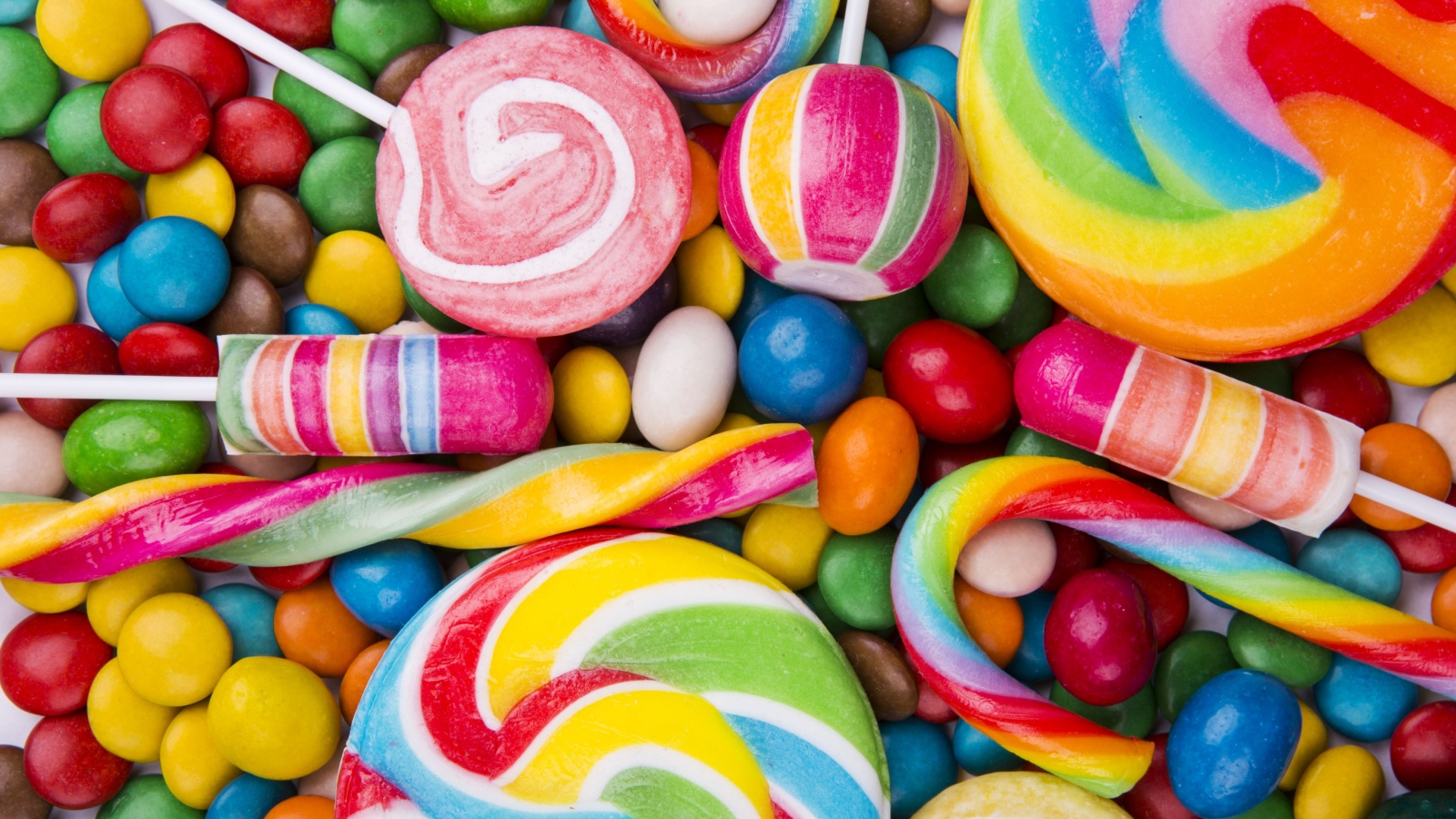
Neotame, an artificial sweetener derived from aspartame, is used in food and drinks in the US for its high sweetness without added calories. Its use is limited in the EU, where there’s more skepticism over artificial sweeteners. This illustrates ongoing debates and regional differences in food additive safety assessments.
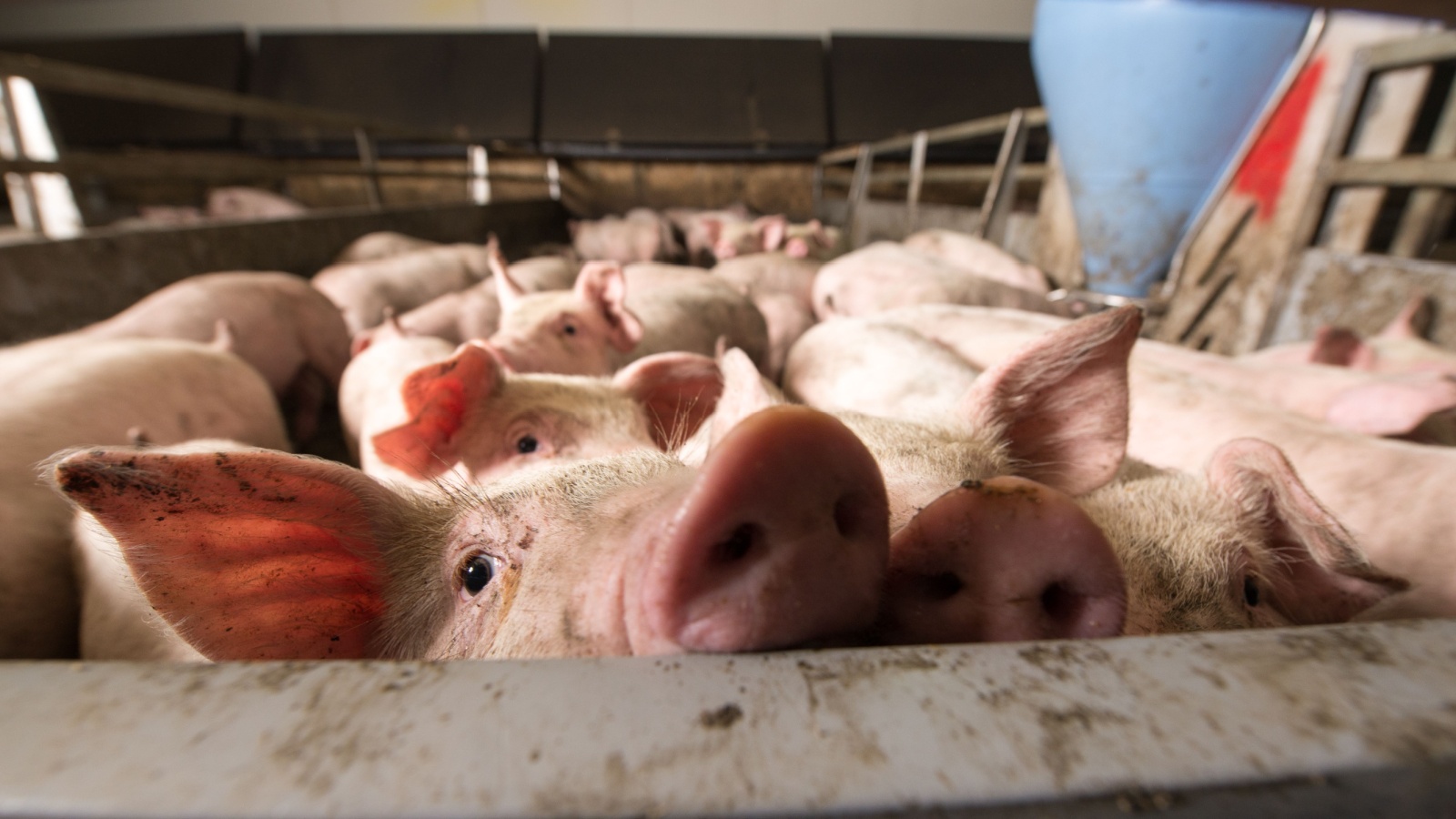
Quinoxaline-1,4-dioxides are growth enhancers used in animal feed, particularly for pigs. They’re banned in the EU due to potential meat residues and antibiotic resistance risks. However, these substances are still used in the US, reflecting different regulatory standards and practices regarding food safety and animal welfare.
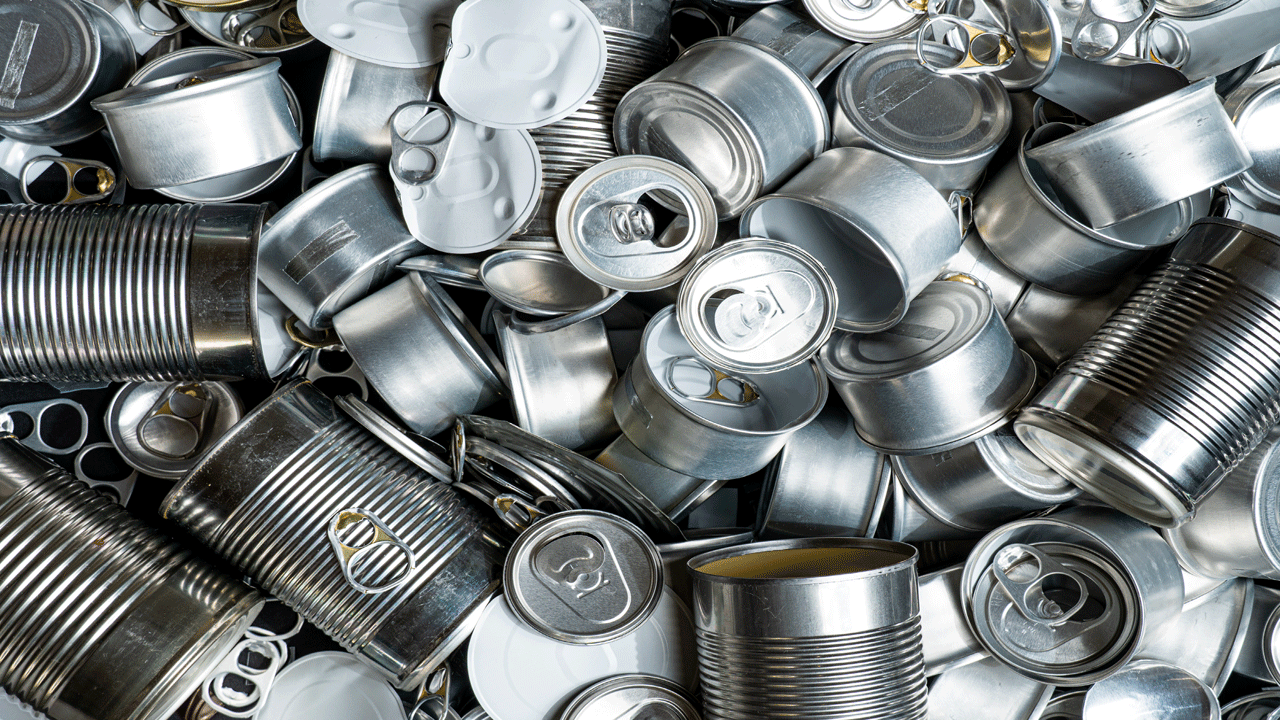
Stannous chloride is used as a color retention agent and antioxidant in canned and bottled foods in the US. Due to potential health effects like gastrointestinal issues, its use is restricted in the EU. These differences highlight varying precautionary measures in food safety regulations.

Olestra, known as Olean, is a fat substitute used in some US processed foods like chips and fries. It’s banned in the UK and Canada because it can cause gastrointestinal issues like diarrhea and cramps and hinder nutrient absorption. Despite these concerns, Olestra is still used in the US, valued for reducing or eliminating fat without losing taste or texture.

Some arsenic-based drugs are used in US poultry feeds to promote growth, improve feed efficiency, and enhance the color of cooked meat. The EU bans arsenic in food production due to health risks, including cancer. The US has phased out some forms of arsenic but still allows certain uses under strict regulations. The debate over arsenic in poultry feed highlights the challenge of balancing industry practices with public health concerns.
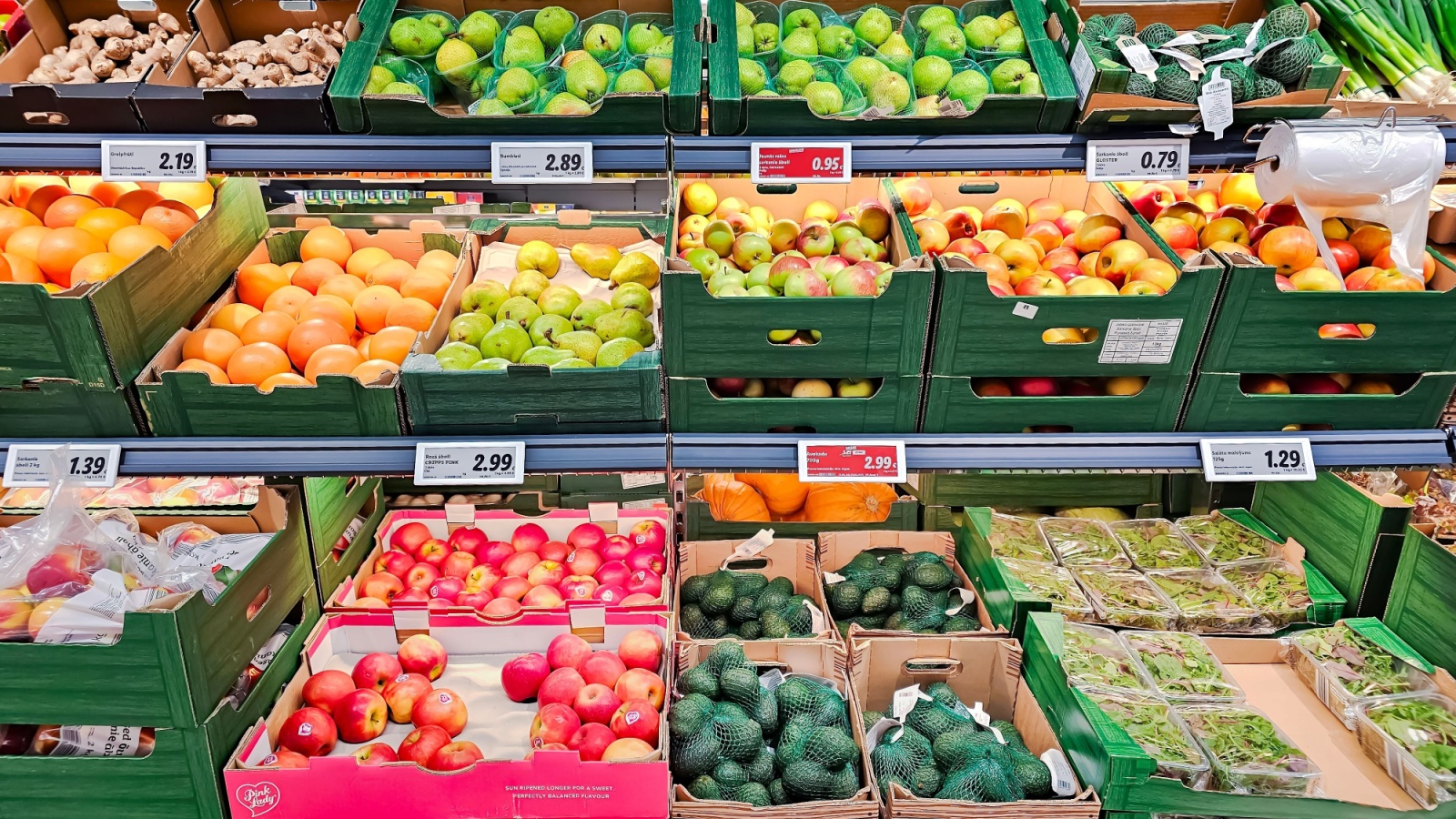
Diphenylamine (DPA) is an antioxidant used in the US to prevent browning in stored apples and pears. It helps maintain the fruits’ quality and appearance but is banned in the EU due to health concerns over its potential breakdown products, which might be carcinogenic. While the EU has stricter pesticide residue regulations, the US deems the levels used safe, allowing its continued use.

Methylcyclopentadienyl Manganese Tricarbonyl (MMT) is an additive in unleaded gasoline to boost octane and engine efficiency. While not a food ingredient, its use can lead to manganese emissions that pose health risks like neurological damage. MMT is banned or restricted in several European countries, but it remains in use in the US, highlighting the challenge of balancing technological benefits with health risks.

Aluminum additives like sodium aluminum phosphate are used in the US as coloring and anti-caking agents. Concerns over neurotoxicity and links to diseases like Alzheimer’s have led to tighter EU regulations. Despite these worries, aluminum additives are still used in US food, highlighting differing food safety approaches.

Ethoxyquin is an antioxidant used to preserve color and prevent spoilage in spices and some animal feeds. It’s banned as a food additive in the EU due to concerns over liver and kidney damage. Ethoxyquin’s use in the US highlights different approaches to food preservatives and safety standards.

Palm oil is used in many US food products and cosmetics. Though not banned, its use raises environmental concerns like deforestation and habitat loss. In Europe, there’s growing regulation and consumer pressure to limit palm oil, pushing for sustainable alternatives. This issue highlights how environmental ethics can impact food production and regulations.
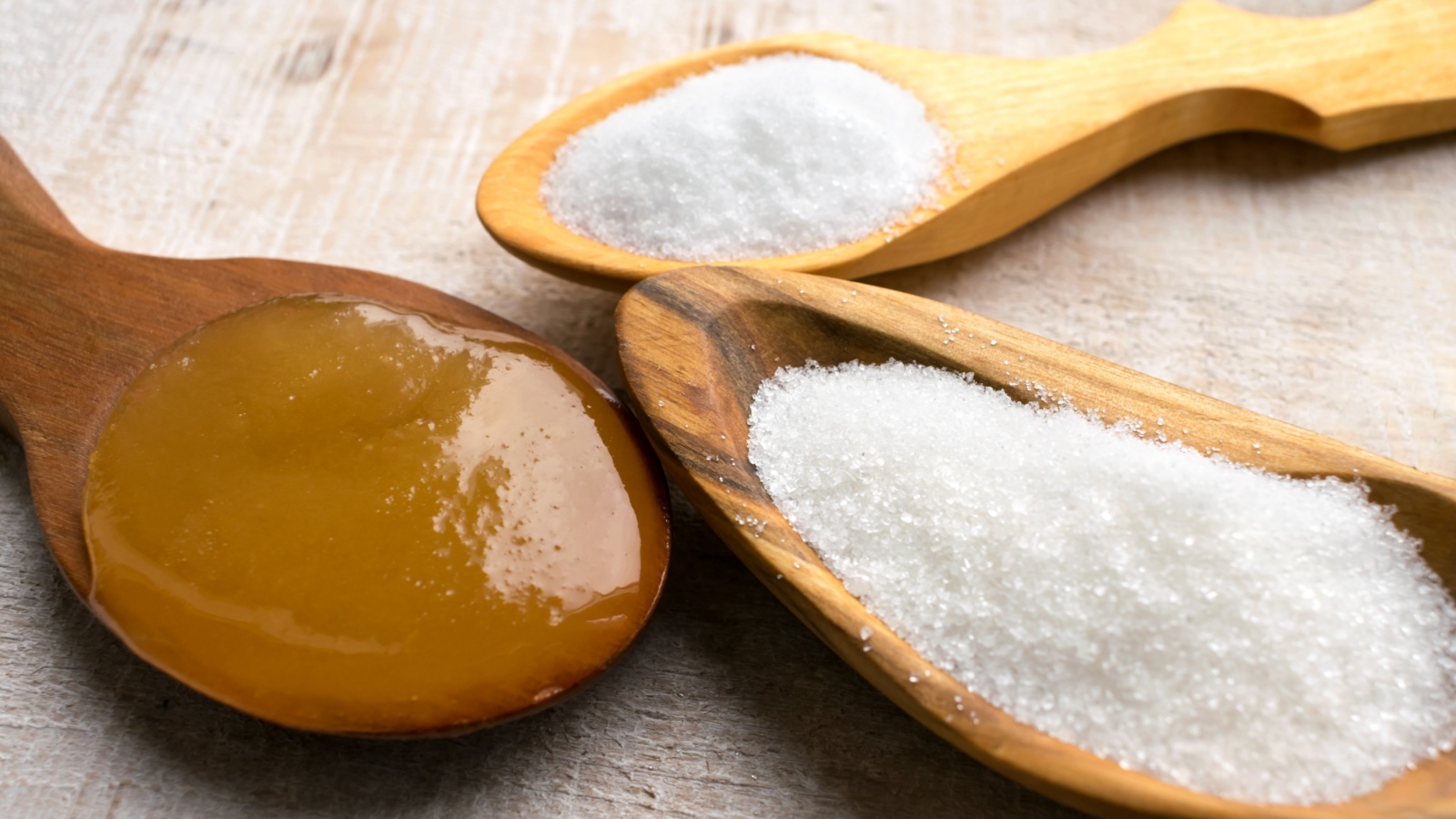
Acesulfame Potassium, or Ace-K, is a popular artificial sweetener in the US, found in sugar-free and low-calorie products like soft drinks and baked goods. It’s about 200 times sweeter than sugar and stable when heated, but it’s banned in Russia due to safety concerns and potential health effects. Some studies suggest it might affect insulin levels and cause mood disorders, leading to ongoing scientific debate about its safety.

Genetically Modified Foods (GMOs) are common in the US, seen as essential for agricultural productivity. The EU, however, has stringent controls, requiring rigorous safety assessments and labeling, limiting their use. This stems from strong consumer resistance and precautionary principles, reflecting broader concerns about food safety and environmental impact.

FIRE – Financial Independence, Retire Early. That’s the dream, right? Quit the rat race and live life on our own terms. It’s totally doable. Plenty of people join the FIRE movement and manage to retire pretty quickly. And there’s a LOT of advice out there on how to do it. Sadly, much of the advice is outdated or just plain bad.

In times of uncertainty, financial stability is more crucial than ever. While prepping for physical emergencies is vital, don’t overlook financial prepping. Avoiding these common money mistakes can help make sure you’re in a stronger position to weather any storm.

With recent global unrest and economic uncertainties, many people are starting to worry about the stability of our money. They’re looking for new options like cryptocurrencies. Using digital money might sound strange, but it’s becoming more common. Big names like Bitcoin and Ethereum are leading the way. This article will look at how cryptocurrency could change things in a shaky economy. We’ll discuss the good and bad sides of using digital money. Get ready to learn about the crypto world and how it might affect our financial future!
